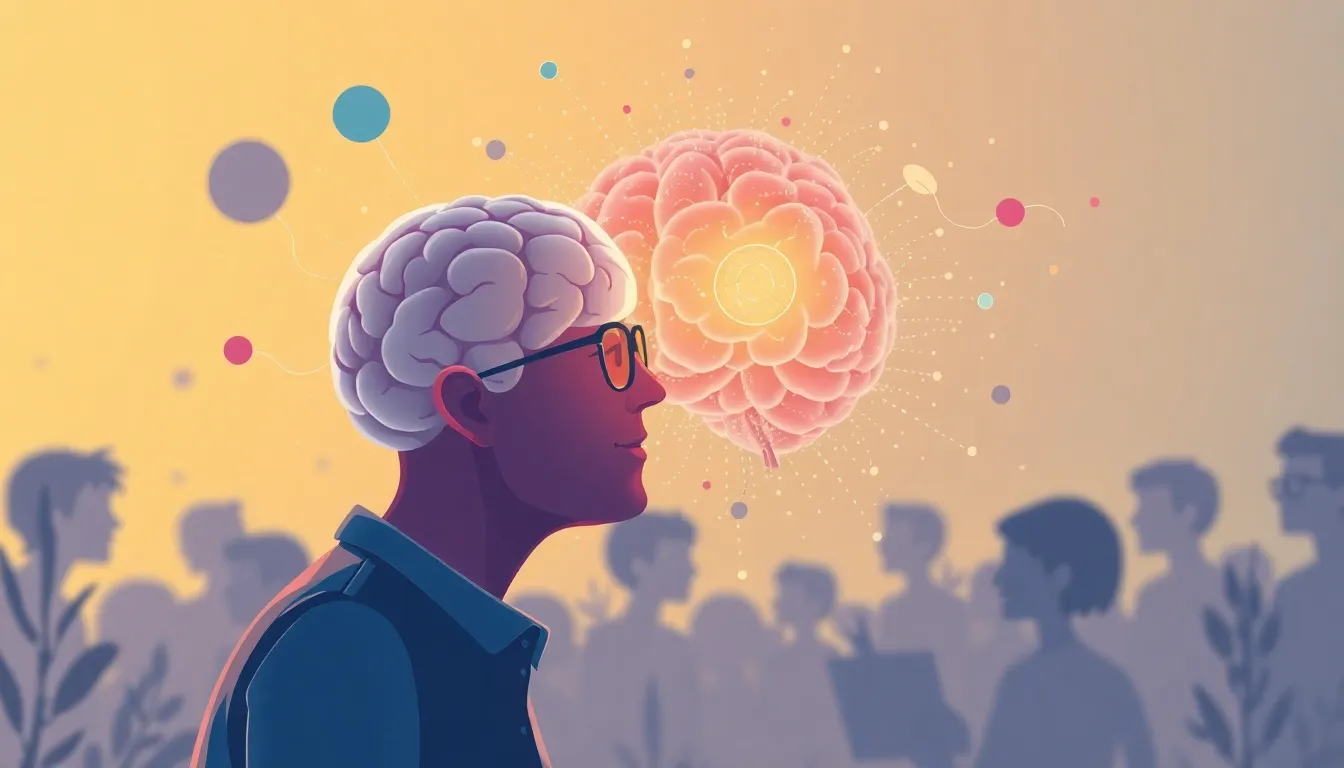
🧠 Neuropsychology: How the Brain Powers Thoughts, Feelings, and Actions
Introduction
Neuropsychology sits at the crossroads of biology, psychology, and neuroscience, revealing how neural circuits generate mental experiences. For teenagers on the brink of scientific careers, this field offers a vivid illustration of cause‑and‑effect relationships inside the skull. By exploring brain‑behavior links, you will sharpen analytical skills, appreciate diverse research methods, and glimpse future professional pathways.
1. Defining Neuropsychology
Neuropsychology studies the structure‑function relationships of the nervous system and their impact on cognition, emotion, and behavior. Researchers assess patients with brain injuries, stroke, or developmental disorders to infer which regions support language, memory, or impulse control. Laboratory experiments complement clinical case studies, allowing scientists to test hypotheses about neural mechanisms under controlled conditions. Ultimately, the discipline blends descriptive observation with experimental rigor to construct comprehensive brain models.
2. How the Brain Shapes Behavior – Multiple Perspectives
From a Biological perspective, neurotransmitters such as dopamine modulate reward processing, influencing risk‑taking and motivation. A Cognitive viewpoint emphasizes information‑processing architectures, proposing that the prefrontal cortex orchestrates planning and decision‑making. Meanwhile, the Social‑cultural lens argues that neural development interacts with language exposure, socioeconomic status, and peer relationships, producing individualized behavioral patterns. Integrating these perspectives yields a nuanced analysis: a teenager’s impulsive texting may arise from dopamine surges, immature frontal regulation, and peer‑pressure norms simultaneously.
3. Cutting‑edge Research and Real‑world Applications
Functional magnetic resonance imaging (fMRI) now tracks moment‑to‑moment blood‑oxygen changes, mapping active networks during problem‑solving tasks. Longitudinal studies of adolescents demonstrate that early childhood stress reshapes hippocampal volume, correlating with later memory deficits. Computational modeling, inspired by artificial intelligence, simulates neural connectivity, predicting outcomes of brain‑stimulating therapies. These research avenues converge on practical innovations: neurofeedback programs enhance attention in schoolchildren, while deep‑brain stimulation offers relief for treatment‑resistant depression.
4. Careers That Blend Mind and Science
A Clinical Neuropsychologist administers cognitive batteries, interprets imaging results, and designs rehabilitation plans for brain‑injured patients. Research Neuroscientists conduct experiments in laboratories, publishing findings that advance theoretical frameworks. Neuroengineers create brain‑computer interfaces, translating neural signals into prosthetic movement for individuals with paralysis. Forensic Neuropsychologists consult with legal teams, evaluating competence and responsibility in criminal cases. Each career demands strong analytical reasoning, ethical judgment, and interdisciplinary collaboration, making them ideal for inquisitive teens.
Mini Quiz & Simple Experiment
| # | Question / Task | Answer Key |
|---|---|---|
| 1 | Which brain region is most associated with executive functions? | Prefrontal cortex |
| 2 | Name one neurotransmitter linked to reward and motivation. | Dopamine |
| 3 | In a Stroop test, what does slower reaction time indicate about cognitive control? | Reduced executive regulation |
| 4 | Experiment: Perform a 5‑minute memory recall after listening to classical music versus silence. Record accuracy; hypothesize which condition improves performance and why. | Open‑ended – encourages hypothesis formation |
Reflect on the experiment results: do auditory environments modulate hippocampal encoding, or is the effect merely attentional?
Conclusion
Neuropsychology invites you to decode the living circuitry behind every thought, feeling
… and action, empowering you to understand yourself and others. Keep exploring, and let your curiosity light the path to the brain’s mysteries.